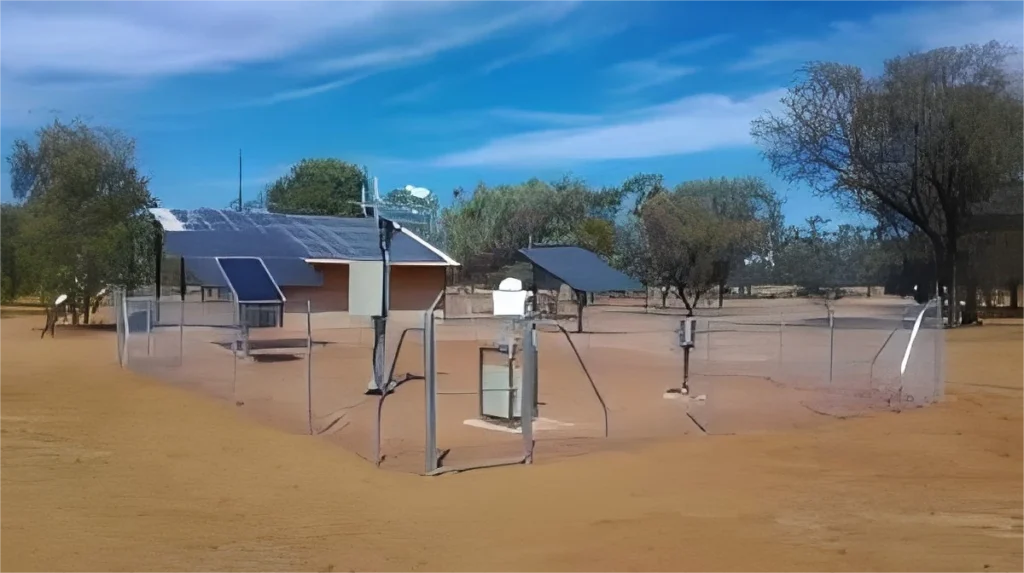
。
# The Drawbacks of Automated Weather Stations
## Introduction
Automated weather stations (AWS) have revolutionized meteorological data collection, providing continuous and precise measurements in various locations. However, despite their numerous advantages, these systems are not without their limitations. This article explores the key disadvantages of automated weather stations that users and professionals should consider.
## 1. High Initial and Maintenance Costs
One of the most significant drawbacks of automated weather stations is their cost. Setting up an AWS requires a substantial initial investment in hardware, software, and installation. Additionally, regular maintenance, calibration, and potential repairs can add to the ongoing expenses, making it a costly solution for some organizations or individuals.
## 2. Vulnerability to Environmental Factors
Automated weather stations are exposed to harsh environmental conditions, which can affect their performance and longevity. Extreme temperatures, heavy rainfall, strong winds, and even wildlife can damage sensitive components, leading to inaccurate data or complete system failure.
## 3. Limited Human Oversight
While automation reduces the need for constant human intervention, it also means that errors or malfunctions may go unnoticed for extended periods. Without regular manual checks, faulty sensors or software glitches can produce incorrect data, potentially leading to flawed weather predictions or analyses.
## 4. Data Gaps Due to Technical Failures
Technical failures, such as power outages, communication disruptions, or sensor malfunctions, can result in significant data gaps. Unlike manual stations where observers might notice and rectify issues promptly, automated systems may remain non-operational until the next maintenance cycle, leading to incomplete datasets.
## 5. Calibration and Accuracy Challenges
Maintaining the accuracy of automated weather stations requires regular calibration. Over time, sensors can drift from their original settings, producing less reliable data. Ensuring consistent accuracy demands frequent checks and adjustments, which can be resource-intensive.
## 6. Limited Flexibility in Data Collection
Automated weather stations are programmed to collect specific types of data at set intervals. This rigidity means they may miss unusual or unexpected weather phenomena that a human observer might notice and record. The lack of adaptability can limit the comprehensiveness of the data collected.
## 7. Dependence on Power and Connectivity
Most automated weather stations rely on a continuous power supply and stable communication networks to function effectively. In remote or off-grid locations, maintaining these requirements can be challenging, leading to operational limitations or increased costs for alternative power sources like solar panels.
## 8. Potential for Cyber Threats
As with any connected technology, automated weather stations are susceptible to cyber threats. Hackers could potentially manipulate data or disrupt operations, compromising the integrity of weather reports and forecasts. Ensuring robust cybersecurity measures is essential but adds another layer of complexity and cost.
## Conclusion
While automated weather stations offer unparalleled convenience and efficiency in meteorological data collection, they are not without their drawbacks. High costs, environmental vulnerabilities, technical failures, and other limitations must be carefully weighed against their benefits. Understanding these disadvantages can help users make informed decisions about implementing and maintaining AWS systems.